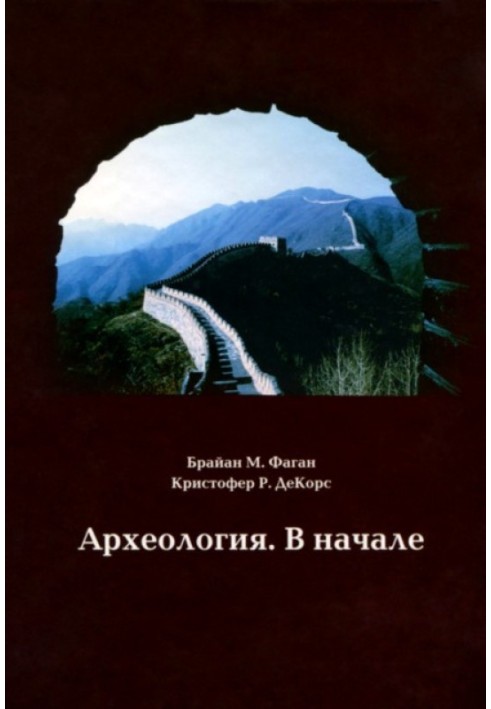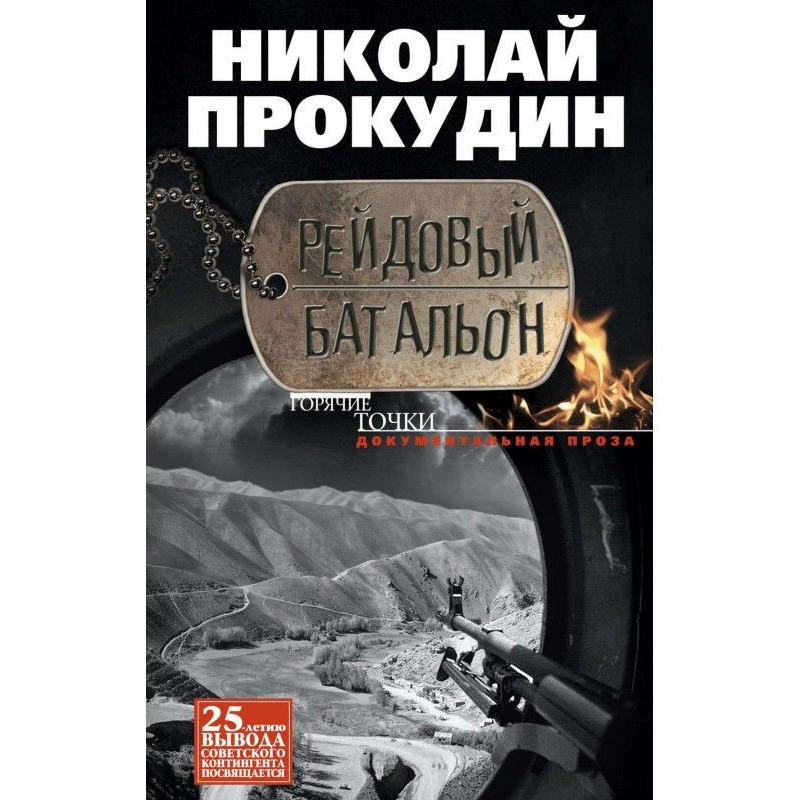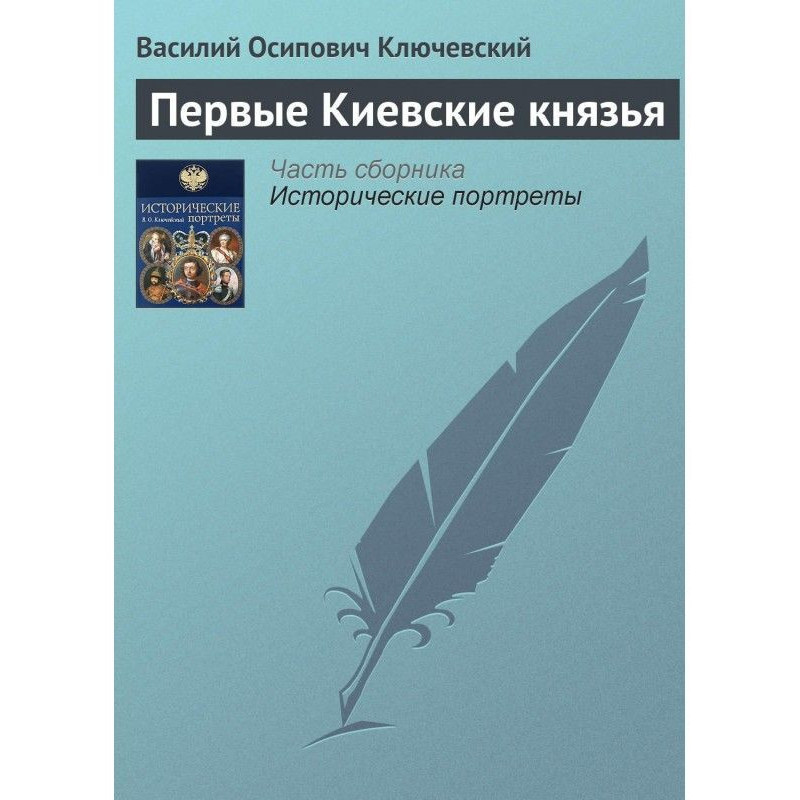Archeology. At first
 Instant download
Instant download
after payment (24/7)
 Wide range of formats
Wide range of formats
(for all gadgets)
 Full book
Full book
(including for Apple and Android)
A book about the history and methods of archeology, its significance today. The main goal of the authors is to provide a brief overview of this field of knowledge for those who do not know much about it. The focus is on the fundamentals, which are equally important whether the researcher is using a spatula, a laser recording system, or a complex graphics program. The second goal is to warn about a serious crisis: the destruction of monuments, treasure hunting and the gigantic scale of construction of buildings, roads, dams can lead to a crisis comparable to an environmental one. For a wide range of readers.
More detailsWhy study archeology? What is the importance of this popular and undoubtedly romantic item? We'll start by looking at where archeology fits into the 21st century. TO Unfortunately, the discipline is now facing a crisis caused by the rapid destruction of important monuments due to industrial development and the pursuit of treasure. Moreover, various pseudo-archaeological intentions to tell the truth about lost worlds, ancient astronauts and sunken continents undermine the credibility of archeology among the general public. The realities of archeology are much less romantic and, contrary to the vector of global development, fascinating. We define archeology, in its broad context, as a part of anthropology and history.
It is impossible to understand modern scientific archeology without understanding its origins. The first archaeologists were little more than collectors and antiquarians, looking for curiosities, hidden treasures, and they had a passion for intellectual enlightenment. These treasure hunters were the forerunners of the first archaeologists, scientists who concentrated on the description of monuments and were confident that human society in its development passed through several primitive stages and reached the final stage - modern civilization. After World War II, archeology changed markedly. From being a primarily descriptive discipline, it has evolved into a multifaceted activity that seeks to understand how human cultures have changed and developed in the past. If there is one major lesson that can be learned from the history of archaeology, it is this: development in this field was impossible in isolation. Thanks to innovations in many other disciplines, including geology, cultural anthropology, computer technology, archeology itself and, more importantly, the way researchers began to think about the past have changed.
Part III describes the basic processes and principles of archaeological research. What is archaeological material? How do archaeologists conduct research? What principles is archeology based on? In subsequent chapters we will define archaeological material, look at the factors that influence it, consider the concept of culture in archaeology, the nature of archaeological data, and how people define archaeological contexts. Fundamental in terms of context are methods for determining human activity in space, measuring prehistoric eras. We will describe various techniques developed for dating prehistoric cultures dating back to ancient times.
Part IV looks at how archaeologists obtain information. As we emphasized earlier, such information is collected in a systematic manner based on a clear research design. Then archaeologists can obtain the information that is most relevant to obtaining answers to their questions. Our knowledge of the past is limited by the materials preserved in the earth and our own methods of obtaining information. In Chapters 8 and 9 we will look at some of the basic principles and processes of the archaeologist's work in the field, as well as some of the specific problems encountered in doing so. In order to show the variety of situations that archaeologists encounter, we will give many examples rather than limit ourselves to just one. Also we We count on your teachers' own experience.
In Part V we will explore what is the ultimate goal of archeology: reconstructing the history of culture, reconstructing ways of life and studying the processes of cultural formation. In Chapters 10 and 11 we will discuss the classification of artifacts and how ancient people used organic and inorganic raw materials. A proper understanding of technology, its uses, its limitations is a necessary precondition for any discussion of ancient ways of life, our relationship to changing environments and changing cultures in the past.
In Part VI we will discuss how archaeologists study how people solved problems of life support and how they adapted to the environment. Chapter 12 discusses ways to reconstruct long-term and short-term environmental changes. Chapter 13 will describe the analysis of food remains, animal bones, plant foods, and dietary evidence in prehistory. Archaeologists rely heavily on ethnographic analogies to interpret the existence and ways of life in prehistoric times. In Chapter 14 we look at some of the latest work in experimental archeology and ethnoarchaeology, as well as controlled experiments and field observations. In Chapter 15 we look at how archaeologists have studied the structures of ancient buildings, with particular emphasis on recent research in Central America. Trade, social organization and religious beliefs are the topics of chapters 16 and 17, which specifically note that a wealth of information on these subjects can be obtained through careful analysis of field data and careful study design. Studying all facets of past ways of life is a necessary preliminary to interpreting cultural change.
We have almost completed our journey through the complex world of modern archaeology, a journey that should have given you greater insight into the processes of archaeological research. However, our discussion of contemporary archeology would be incomplete without considering cultural resource management and public archeology, two of the most pressing and challenging areas of our discipline. Archaeologists are faced with the main and unusually acute problem - the destruction of the archaeological heritage. Chapter 18 is entirely devoted to business management issues, relating to the study and preservation of monuments of the past, as well as public archeology closely related to them. Both of these questions in themselves deserve wider discussion.
This is a chapter about archeology as a profession and a hobby, as a passion for our whole life. In short, you and archaeology.
Data sheet
- Name of the Author
- Брайан Фаган М.
Кристофер ДеКорс Р. - Language
- Russian
- Translator
- Н. Струков
Reviews
Відкриття світу археології
Книга "Археологія" стала для мене справжнім відкриттям у світі науки, яка, на перший погляд, може здаватися лише набором фактів і дат. Автори чудово справилися з завданням пояснити складні концепції та методи археології простими словами, що робить цю книгу доступною для широкого кола читачів. Вони не лише описують історію та основи археології, але й підкреслюють її важливість у сучасному світі, акцентуючи увагу на загрозах, які стоять перед нашою археологічною спадщиною. Книга спонукає до роздумів про те, як ми можемо зберегти пам'ятки минулого, і чому це важливо для нашого майбутнього. Я особливо вражений різноманіттям тем, які охоплюються в книзі, від методів дослідження до соціальних організацій давніх цивілізацій. Ця книга не лише інформативна, але й надихає на глибше вивчення археології, її методів і значення. Рекомендую всім, хто цікавиться історією та культурою, адже вона відкриває нові горизонти у розумінні нашого минулого та його впливу на сьогодення.











